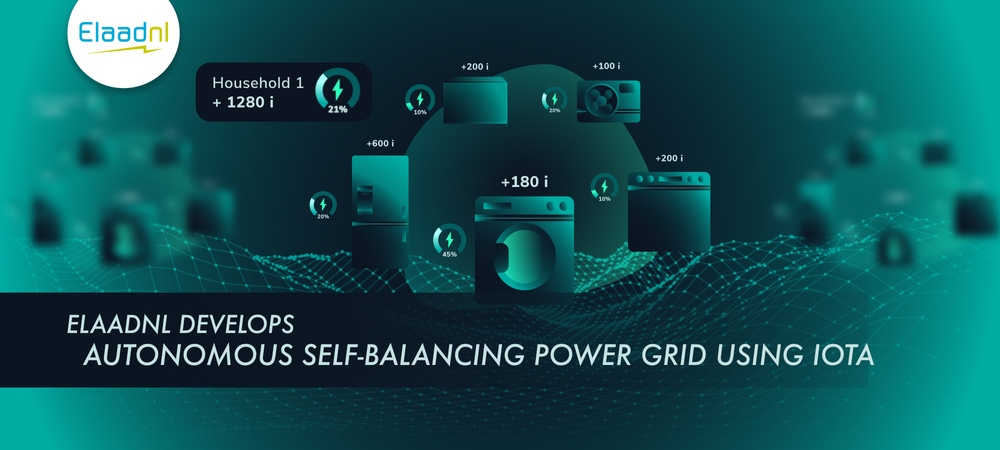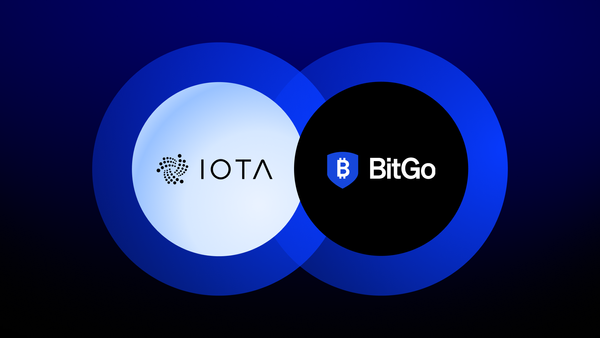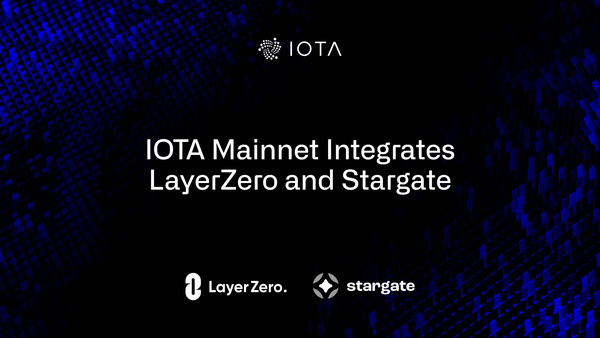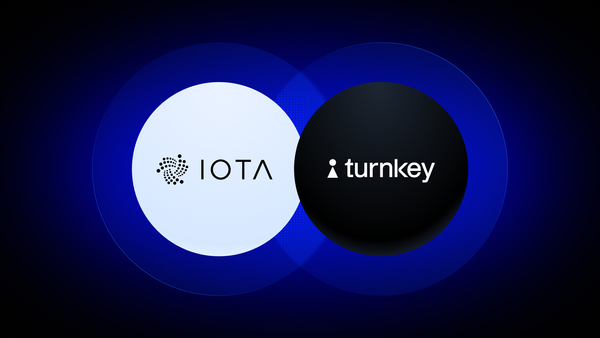ElaadNL Develops Autonomous Self-Balancing Power Grid Using IOTA
Grid Uses IOTA Tangle Technology For Machine to Machine (M2M) Communication; Machines Pay Each other in Tokens as Incentive to Comply
(Arnhem, the Netherlands— February 15, 2019) —ElaadNL, the smart charging infrastructure lab founded by Dutch grid operators, has devised a Proof of Concept (PoC) that demonstrates how smart grids can autonomously balance energy consumption using IOTA technology. The PoC, created at the ElaadNL test lab, shares data securely via the IOTA Tangle and lets the charging devices themselves decide if they want to help balance the grid load or not. By charging electric vehicles at a slower speed or during an off-peak time, the charging stations earn a small fee in IOTA tokens. The system runs itself — no human interaction is needed.
A video on this energy balancing PoC by Harm van den Brink and Ton Smets, at the Dutch IOTA meet-up in Amsterdam last month, is available here.
Although advances have been made to use less energy in our daily lives, the truth is that electrically-charged vehicles, heat pumps and the multitude of electronic devices can lead to major increases in our daily energy consumption. ElaadNL seeks to solve these challenges by using IOTA as the underlying technology.
“This proof of concept shows a possible future electricity system, where energy is shared amongst neighbors and de-centralized islands are capable of balancing itself. We are using our electricity grid in a totally different way than we did 50 years ago. We went from only consuming to also producing energy. We are demanding more energy at peak times, and when the sun is shining we have a surplus of energy. This all should be dealt with in real time. Our solution is a first step in that direction. With our proof of concept, we are showing that this can be done, although future development is required to actually put this in the grid,”said Harm van den Brink, IT Architect Smart Grids & Electric Vehicles, ElaadNL and advisor to IOTA Foundation.
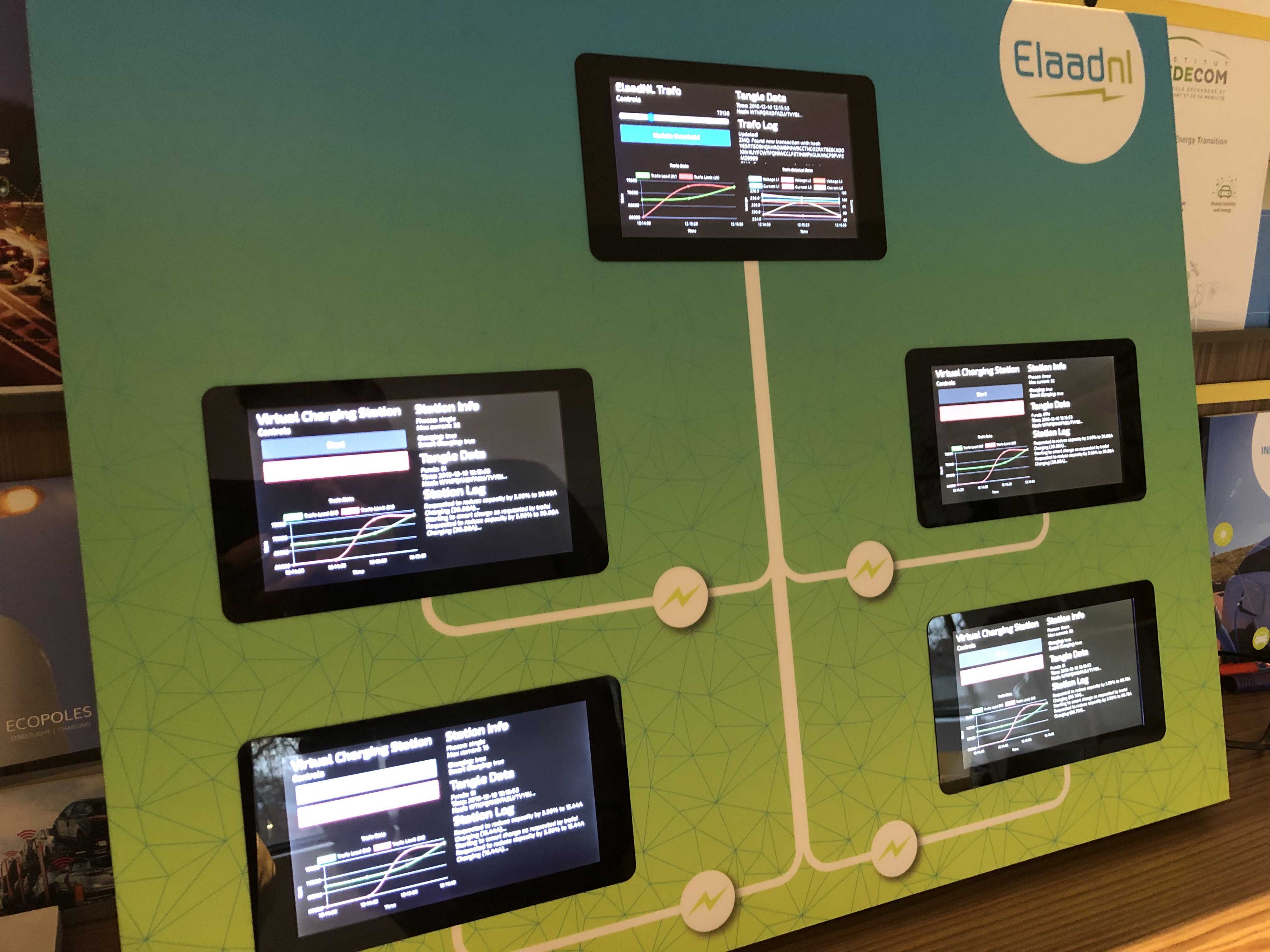
The grid in this PoC will connect all devices to a particular area of the grid, along with the transformer supplying energy. Transformers typically have one feeding cable and multiple outgoing cables connecting multiple homes and other devices, like charging stations for electric vehicles. If a cable reaches its limit, or the sum of the cables exceeds what the transformer can deliver, the transformer can request all connected devices to lower their energy demands. The devices can choose to follow that direction or not, as they are totally free. The incentive to comply is the small fee for reducing demand. If one or more devices lowers its energy usage, they receive a few tokens of the IOTA cryptocurrency. As a result, a self-balancing grid of smart devices communicating with each other outside of human interaction is created.
About ElaadNL
Knowledge and innovation center ElaadNL researches and tests the possibilities for Smart Charging: charging electric vehicles in a reliable, affordable and sustainable way. ElaadNL is an initiative of the joint Dutch grid operators. For more information, visit www.elaad.nl
About IOTA Foundation
IOTA is a not-for-profit foundation incorporated and registered in Germany. The IOTA Foundation’s mission is to support the development and standardization of new distributed ledger technologies (DLT), including the IOTA Tangle. The IOTA Tangle is an innovative type of DLT specifically designed for the Internet of Things (IoT) environment. It is an open-source protocol facilitating novel Machine-to-Machine (M2M) interactions, including secure data transfer, fee-less real-time micropayments, and the collection and dissemination of sensor-based and other data. www.iota.org

